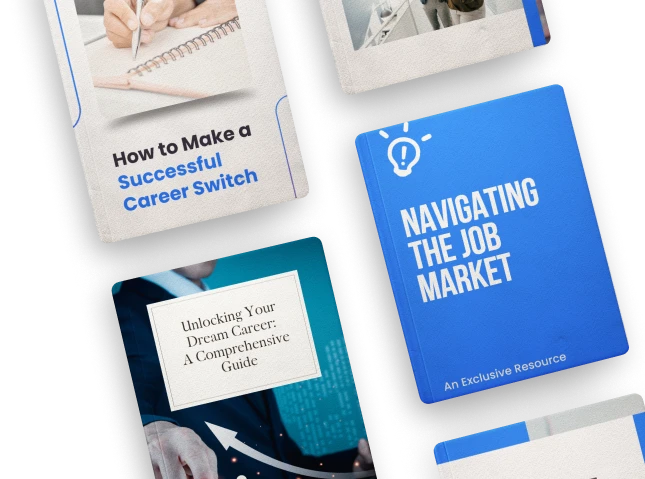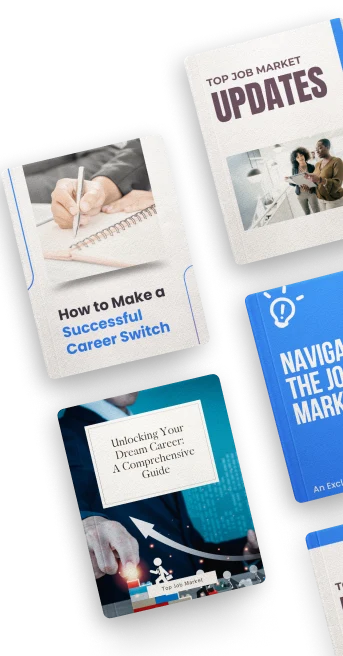Democratic Presidential Candidate Joe Biden Proposes 401(k) Tax Overhaul
Lost in all of the more controversial political news has been the unveiling of Democratic candidate Joe Biden's 401(k) tax break policy. The former vice president recently unveiled his plans to overhaul the current retirement savings system. What do you need to know about this new policy and what does it mean for you should Biden walk away victorious on November 3? Here is all that you need to know about how this may affect your retirement savings plan.
Why the Overhaul?
The overhaul to the current 401(k) system is part of Biden's general tax plan. In the plan, Biden said that the reason for the change to the 401(k) system is to equalize the tax benefits of the current retirement plans so that all citizens can benefit to the same degree. Biden acknowledges that the current tax benefits provided for retirement savings largely benefit those families in the upper-income tax brackets. Likewise, those families in the lower and middle brackets do not see as significant of a tax break when it comes to investing in company-sponsored 401(k) plans.
The maximum contribution for 401(k) accounts in 2020 is $19,500. However, workers over the age of 50 are allowed to contribute an additional $6,500. At the current tax rates, the highest income earners can save as much as 37% of their 401(k) contribution in taxes alone. When you look at the tax savings on the maximum amount of $19,500 across high and low-income earners, you can see the vast disparity. An earner in the 37% tax bracket would see a savings of $7,215 while an individual in the 10% bracket would only see a credit of $1,950.
Biden's Proposal
If Biden wins the election, he is proposing to replace the current 401(k) tax deductions with a flat deduction available to every contributor. This is good news for all taxpayers that now pay less than 20.5% federal tax on each extra dollar. However, those taxpayers earning more will not see these broad benefits.
The goal of Biden's proposal is to take steps to mitigate the impending retirement savings crisis. This issue is particularly worrisome in groups with lower incomes. This plan hopes to encourage more individuals to take advantage of the tax savings offered by investing in a 401(k).
Role of Roth IRAs
Many financial experts believe that should this plan come to fruition, many upper-income families may decide to invest more of their retirement cash into a traditional Roth IRA instead of a standard 401(k) plan. A Roth IRA allows you to put away after-tax dollars and let them grow tax-free. When you are ready to access the money in retirement, you can withdraw it without paying taxes since you have already paid it on the front end.
If the retirement contributions are going to be included regardless of income, those earners in the top income brackets may decide to move more of their savings into Roth IRAs. Without the current tax savings with the 401k accounts, the Roth options may be a more attractive option.
It is important to note that there are income earning caps put in place for eligibility to contribute to a Roth IRA. The current maximum levels are single filers with a modified adjusted gross income of $139,000 or $206,000 if married and filing jointly. Those earners may decide to contribute after-tax dollars to a traditional IRA account and then convert those savings to a Roth in order to avoid paying the income tax upon withdrawal. Â
The bottom line is that under Biden's proposal, an individual paying a high rate of tax will probably be better served by paying the 37% tax now and then taking out the money tax-free later down the road.
Because the election season is far from over, it is important to realize that these changes may never transpire. However, it never hurts to educate yourself about the possibility of significant tax changes to the way that these plans are administered. The more that you know now, the easier that it will be for you to make the necessary adjustments if needed.












